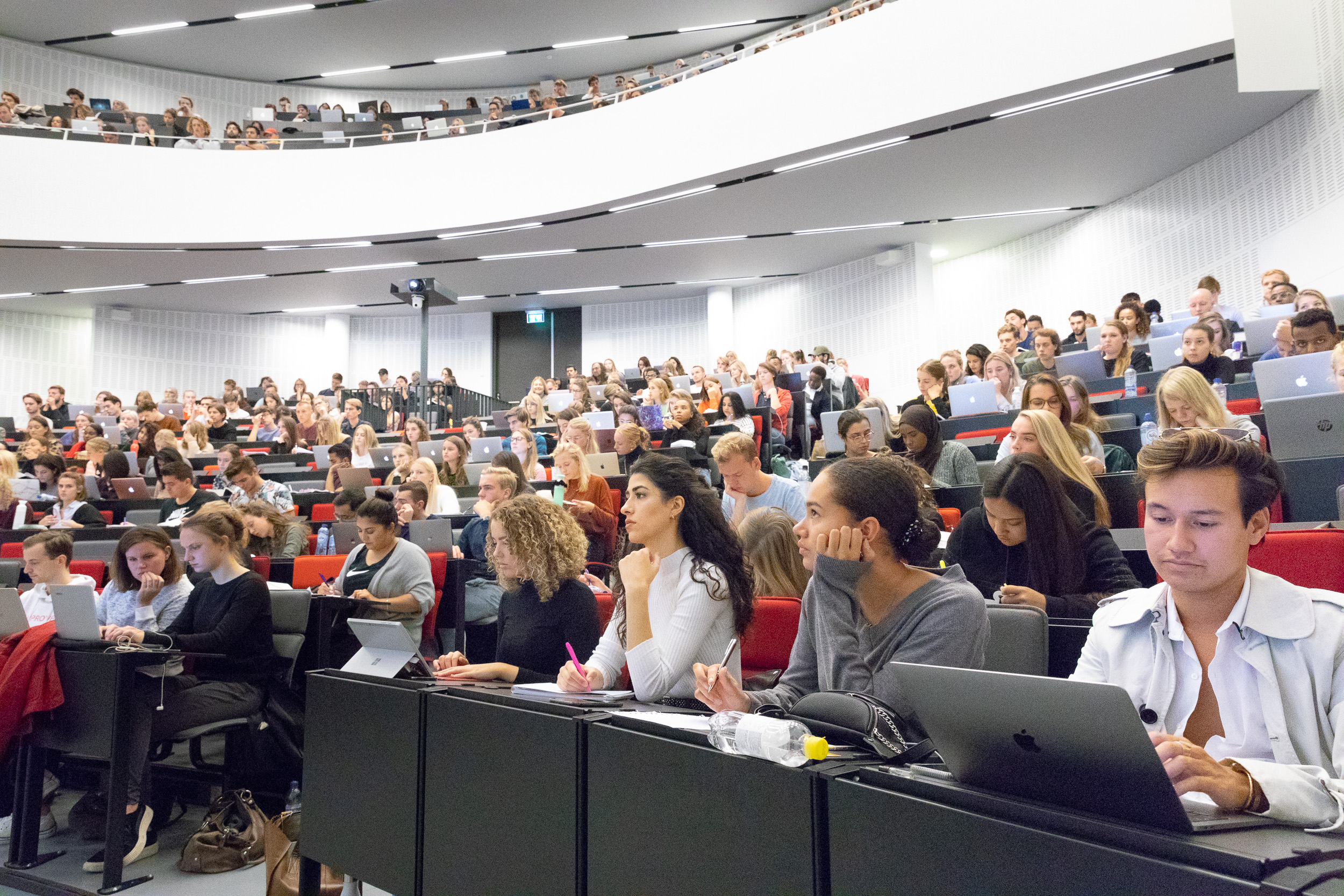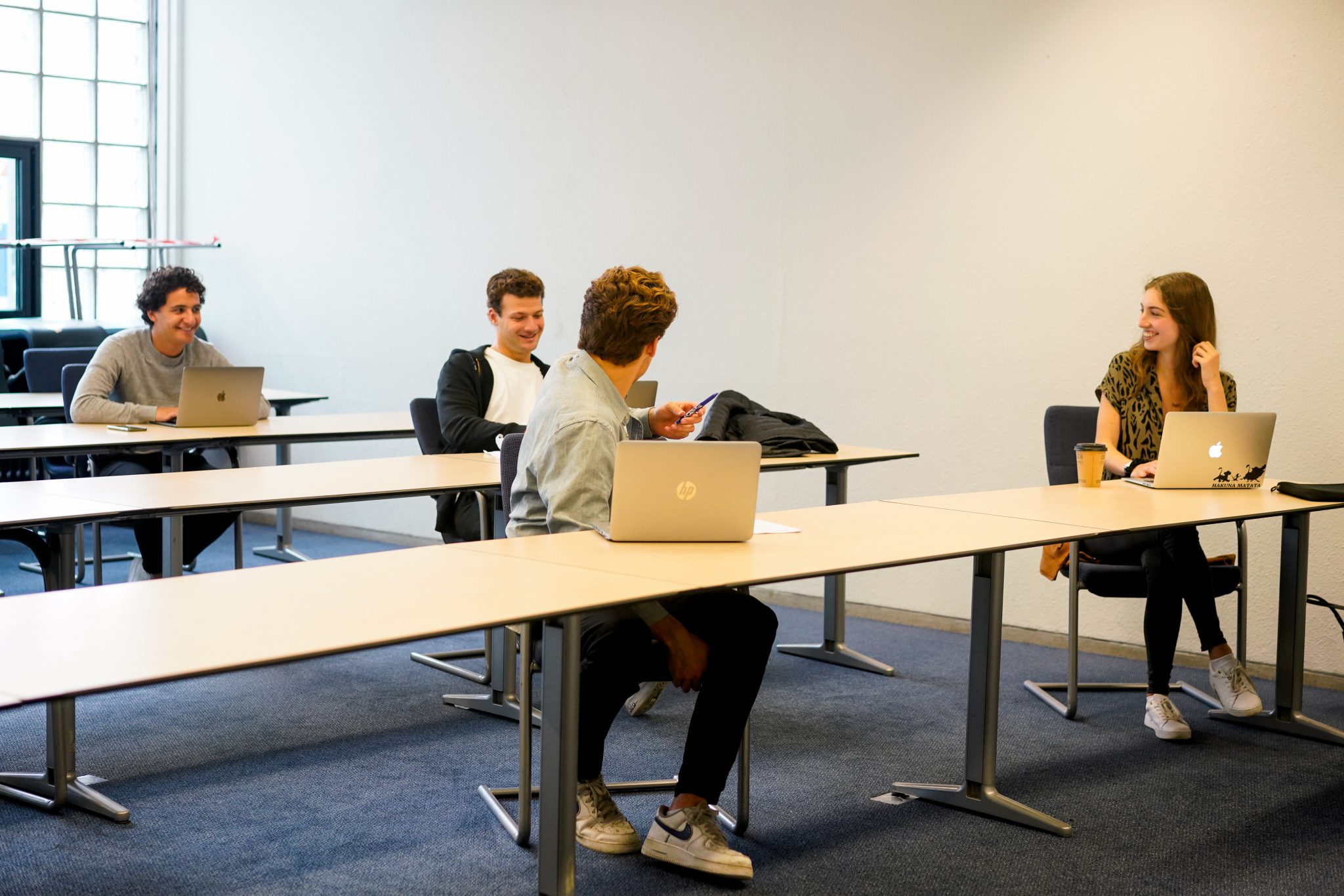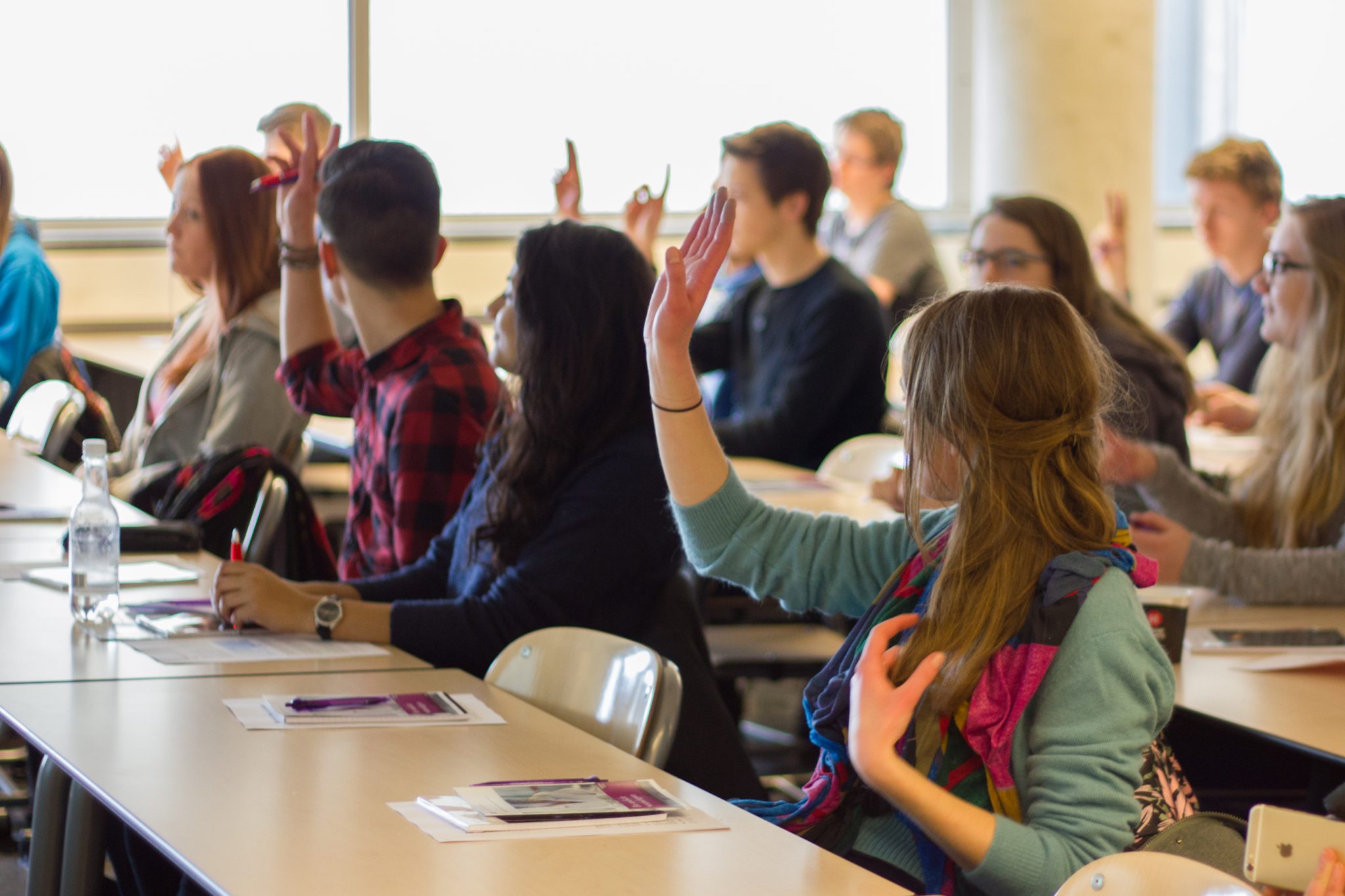Active learning

Active learning
How do you actively engage your students in your teaching? This is what the theme Active learning is all about. On this page, you can read more about what active learning entails and how to apply it in your own teaching. Find practical examples from colleagues and benefit from practical tools such as the e-book Interactive Teaching Techniques or the UvA Active learning card set (including 30 different techniques!).
Below you can find articles from the TLC network about Active learning. Also view the other didactic themes.
Technology in Self-Regulated Learning
How can lecturers utilize technology to support students in self-regulating their learning?
In this interview, SELFLEX SESSIES discuss this topic with Eelco Braad, senior researcher at the Digital Transformation lectorate at Hanze and Jarin van der Kooi, a master’s student in Digital Technology at Hanze.
Conscious study choices in Self-Regulated Learning
How can we, as teachers, support students in making conscious and strategic decisions that align with their personal and professional growth?
In this interview, Brigitte te Brink and Sjirk Zijlstra explore this topic with Milou van Harsel and Judith Teunissen.
Teachers as supporters of self-regulated learning
How can we, as teachers, integrate self-regulated learning into our teaching and support students in developing these skills?
In this interview, SELFLEX SESSIES discusses this topic with SRL experts Anique de Bruin and Peter Verkoeijen.

Task strategies and reflection in Self Regulated Learning
On 27 May 2025, the TLC FMG hosted its third lunch seminar in the Self-Regulated Learning (SRL) series. Brigitte ten Brink and Fam te Poel guided participants through the key question: How can we help students take control of their own learning process?
Self-monitoring in Self-Regulated Learning
How can we as teachers help students better manage their learning process through effective self-monitoring?
In this interview, SELFLEX SESSIES discuss this with Martine Baars, associate professor at the Behavioural Science Institute and the Department of Orthopaedagogy at Radboud University.

Podcast: The Learning Curve
Introducing The Learning Curve! A podcast produced by Teaching and Learning Centre of the UvA Faculty of Social and Behavioral Sciences designed to inspire innovation and explore higher education. Tune in to The Learning Curve podcast today and join the global conversation on higher education!

Self-regulated learning in higher education
On Tuesday, January 28th 2025, the TLC-FMG, under the guidance of Brigitte ten Brink and Fam te Poel, hosted the first session in a three-part lunch seminar series on Self-Regulated Learning (SRL) in higher education. The seminar aimed to provide teachers with a foundational understanding of SRL, highlight the importance of helping students develop self-regulation skills, and introduce three practical strategies that teachers can immediately implement in their own teaching.

How to apply active learning in your teaching?
Active Learning fosters the development of certain skills, an inclusive learning environment and deep understanding by including interaction and reflection with the content and collaboration between students. Incorporating Active Learning into existing courses does not require a complete course redesign, but there are some important factors to consider for it to be a meaningful inclusion in your course.

Active Learning strategies for lectures
Activating your students in larger groups such as lectures can feel challenging. However, there are many different pedagogical strategies you can apply to support Active Learning and assist in keeping all students actively involved, regardless of group size. Below you will find some strategies for incorporating Active Learning in your lectures.

Active Learning strategies in the classroom
While there are some general principles to take into account when implementing Active Learning, different environments and group sizes require different considerations to select the most appropriate strategy to achieve your learning goal.

What is active learning?
Active Learning is about the variety of teaching methods offered to students that require them to actively contribute to the learning process. It goes beyond the passive transmission of knowledge and seeks to actively engage the mind, encouraging students to think critically.

Activerend onderwijs geven aan grote werkgroepen: 5 tips voor docenten
We herkennen de uitdaging. Je wil graag je studenten activeren tijdens werkgroepen, maar je loopt tegen beperkingen aan wanneer de groepsgrootte toeneemt.
Hoewel het een uitdaging zal blijven, hebben we vier tips om studenten óók bij grotere groepen te activeren.






